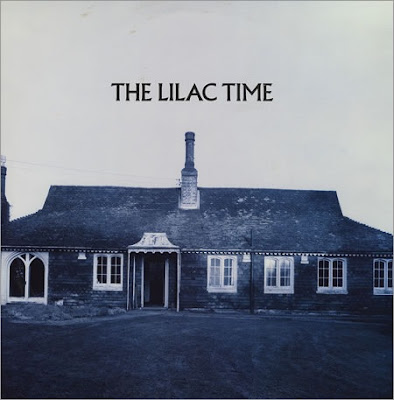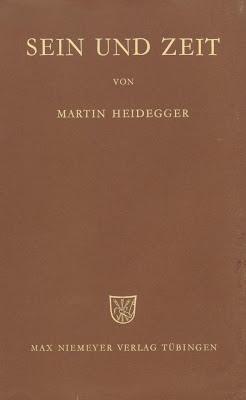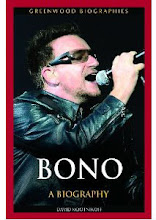"I am not a liberator. Liberators do not exist. The people liberate themselves." ~ CheSanta Clara is where Che Guevara and Camilo Cienfuegos won the Cuban revolution. 270 km east of Havana, in the centre of the island, the university town of Santa Clara is now home to all things Che, including his monument and mausoleum.
On December 29, 1958, Che and his men ambushed an armoured train full of Fulgencio Batista's soldiers and ammunition. With his arm in a sling from a previous injury, Che had successfully broken the dictator by splitting the country's supply lines in half. On January 1, 1959, at 3 a.m., Batista fled Cuba for the Dominican Republic with over $300 million stuffed in his suitcase.
On January 2, Fidel Castro's soldiers took over Havana and within days he and his comrades were welcomed as heroes. When Yuko and I entered Santa Clara recently, we were welcomed and pulled in all directions...Cuba is now a country where a surgeon makes barely $30 a month. It's a sad testament to the failure of a once glorious revolution, a failure that can't be blamed solely on Washington or on the Castro brothers. If Cuba was ever truly for Cubans, then Havana must ultimately bear the brunt for its people's desperate living conditions.














































